What does it mean "smartphone", and what they are
The word "smartphone" will surprise someone today. Even if the person did not use it, then he certainly heard it. From friends, from advertising and from a variety of sources. Today we understand what a smartphone is, how it differs from a mobile phone, as well as how this technique, which is extremely necessary for a modern person, is arranged.
Content
The origin of the term and function of the smartphone
Smartphone is a compound word from two English "Smart" and "Phone", that is, the literal translation of the word smartphone means “smart phone”. This feature accurately reflects what a smartphone is. In fact, a smartphone is a smaller computer that can perform similar functions, if not more. Quite often, a smartphone is called a phone or switch. In a certain way, this is correct, but there are still differences.
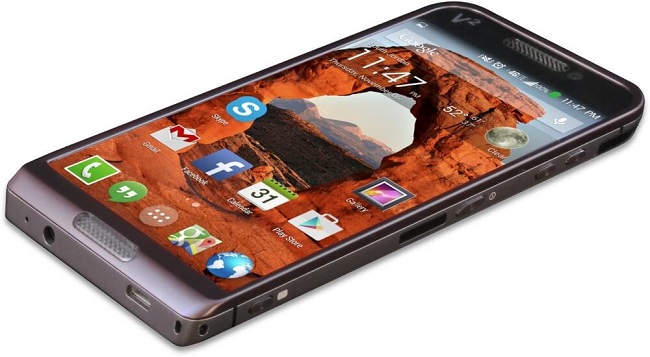
The phone in the classical sense is not a touch device that does not have the performance that the gadget in question. We can say that the main task of the phone is to call, plus you can listen to music, play simple games, send pictures through mms. The functions of the smartphone are much more extensive. - here is available high-speed Internet access, work with files, serious games, calls, sending photos and other data in a variety of ways, you can make very high-quality photos.
On a note! Communicator and smartphone are very similar concepts. If you delve into the history of creation, you can see that smartphones have appeared from communicators. It can be argued that the smartphone is a regular phone integrated into the communicator.
How the smartphone was created: major milestones
The idea to create a phone with the functionality of a PC has been in the air for a very long time, to be precise, this was thought about after the release of the first PDAs (1990s).
The first smartphone appeared in 1992 - IBM Simon. In fairness it should be noted that this is only a prototype, but far from a full-fledged version in its current state. Two years later, he began to sell at a price of $ 1000. The capabilities of the IBM Simon smartphone were in addition to calls - sending faxes, organizer, mail, games. The device was controlled by a sensor. Big weight in 1 kg did not let the phone become popular.

The second attempt - 1996. The brainchild of HP and Nokia - HP 700LX. In this case the apparatus consisted of two parts - HP PDAs with the ability to connect a Nokia 2110 mobile device. The software was rewritten so that the devices could work with each other. Of course, the model is not a smartphone in the classical sense and acts more like a symbiosis of two separate devices, although it can be represented as a prototype of a modern gadget.
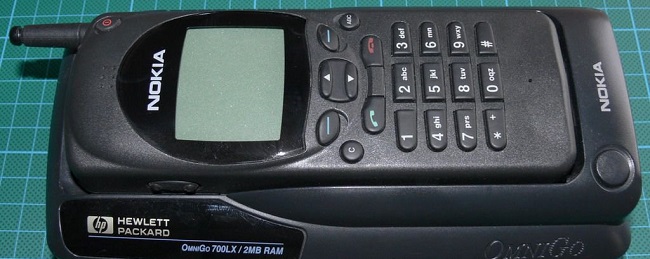
Later comes the Nokia 900 Commutator. Here both devices integrated into one case. In a closed format, the appearance of an enlarged phone, in the open, a keyboard became available. OS - GEOS, the disadvantage of which was the lack of support for third-party programs.
In 1997 in Taiwan HTC appears. The goal - the creation of smartphones and switches.
1998 is the emergence of the Symbian sub-brand to create a single OS for smartphones.
All this prerequisites, and the first device, which officially received the name of the smartphone, appeared in 2000 - this is the Ericsson R380s. The model is almost a smartphone - touch input, small size, OS - Symbian 5.1. The only negative is a closed operating system.
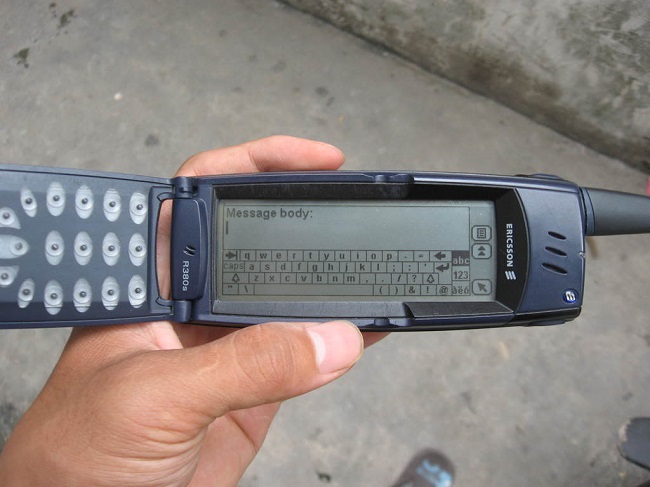
2001 - appears Nokia 9210 with open OSwhich is considered the first full-fledged smartphone.
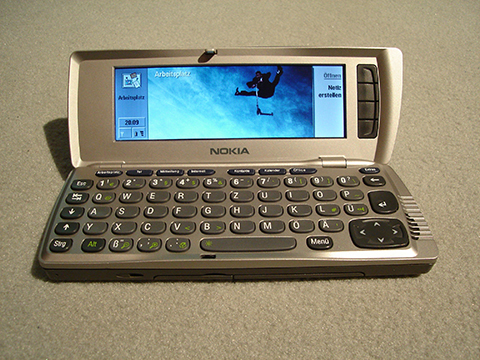
2003 - appearance Microsoft's mobile OS.
2007 - your smartphone has now created the most popular brand APPLE. The device did not have a wide range of functions, but completely lost the keyboard, and the control is carried out by a sensor with support for the multi-touch function. It was unprecedented for the user and due to a very aggressive advertising campaign, the devices became sales hits. Own OS had no opportunity for programmers to work in it from outside, and they created a separate environment for them in 2008.
The end of 2007 - Android output and the next year, Google announces that the source code of the OS becomes open, that is, anyone can write programs for this system.
2008 - Apple invented the first device to support third-generation networks. and navigation systems.Deliveries to 70 countries of Apple 3G, which has become much better than the first model, allow the brand to already begin to capture the market, and statistics show that 5% of all devices sold at that time belong specifically to the Apple technique.
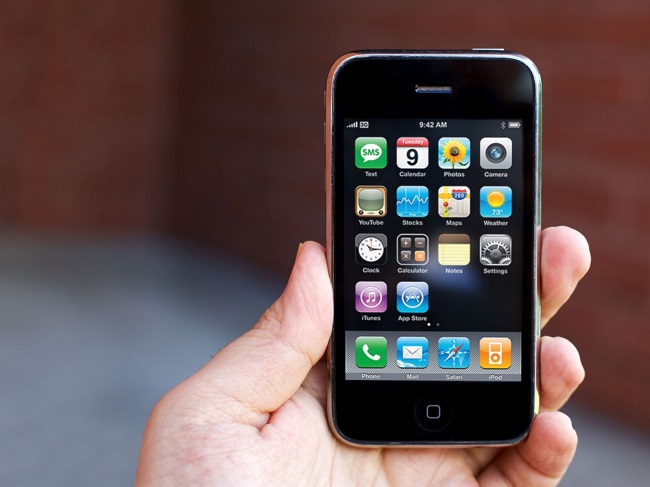
This year HTC Dream appears on Android (first use of OS), Nokia N5800 on Symbian with touch screen.
2009 gives us Nokia N97 - touch screen slider and sliding full keyboard.
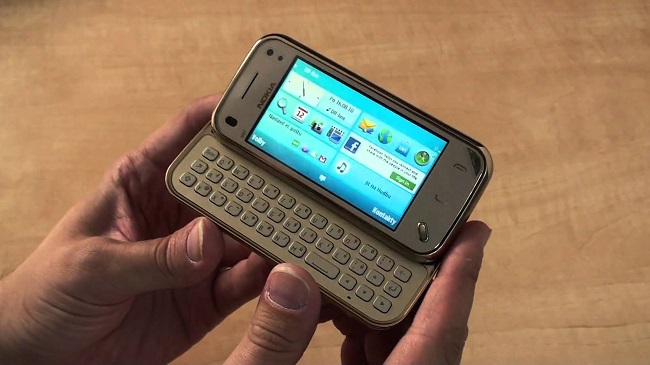
Further development of devices is a change in the concept, size, functions and many other things that led to the emergence of modern devices. Many believe that the smartphone came up with Steve Jobs. This is not quite true, since Jobs was able to combine the most useful functions, but perhaps his main merit is that already in 2007 he understood how to make devices and sell them so as to conquer the world. It's no secret that his formula for introducing new chips and violent advertising is still working today. It is no coincidence that Apple set trends, and to date, almost all brands have to equal or catch up with the American company.
What is a smartphone
Many people do not think about the fact that in a small case of a smartphone there is a huge amount of parts and assemblies that provide certain functions. The main components of the smartphone:
- housing;
- CPU;
- motherboard;
- main and operational memory;
- battery;
- camera;
- sensors;
- wireless interface modules;
- display.
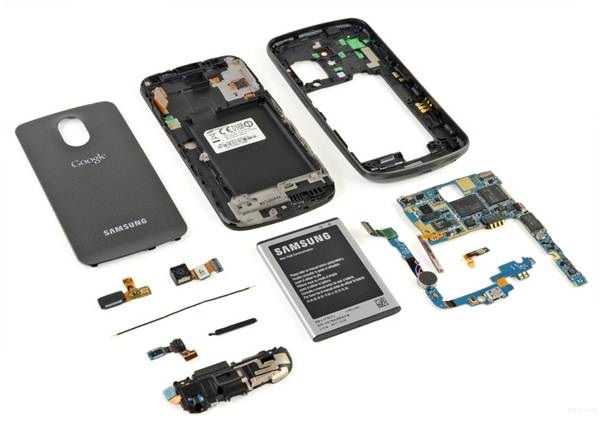
Housing
This is the first thing that catches the eye of the user. It may have different sizes and shapes, but the main important parameter is performance material. It depends on ergonomics and usability. The main materials are glass, plastic, metal, ceramics. Most often, manufacturers combine these materials, and a rare device consists of only one metal or plastic.
CPU
By the right heart of the smartphone. He is responsible for all actions performed on the device. In general, the processor is not quite the right word, as it combines several nodes: the chipset (it is confused with the processor), the graphics coprocessor (analog video card in the computer), as well as the peripherals that connect them. Modern chipsets are manufactured on ARM architecture according to a specific process technology. At the moment, the most modern technical process - 10 nm. Important processor features - number of cores and clock frequency.
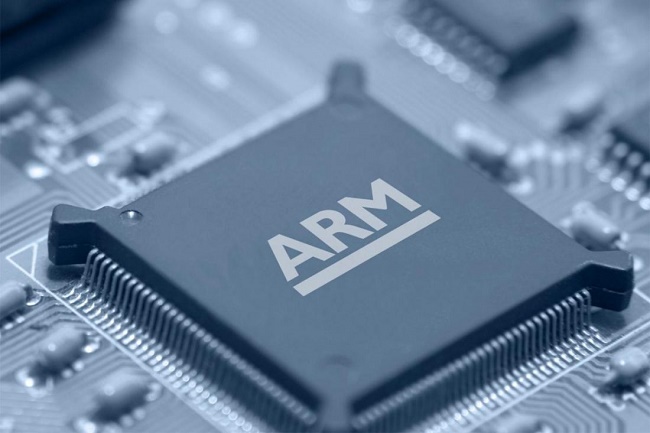
Important! The processor generates heat during operation.This means that this problem needs to be solved not by cooling, because the smartphone is too small, but by the processor itself - different work models are used for this, and also reduce the chipset's power consumption.
Motherboard
This is a kind of bone and circulatory system of the device. All other nodes join it, and also along it signals from one detail are transmitted to another.
RAM and main memory
RAM responsible for speed. It stores the information necessary for the immediate operation of the processor. Often it is called temporary, because when you turn off the smartphone information in it is not saved. The RAM has a relatively small capacity compared to the main one, and at the moment in smartphones it reaches 8 gigabytes.
The main drive - a kind HDD. All information is permanently stored here. Currently, the fastest memory for operational memory is LPDDR 4X, in 2019 the release of the 5th generation of this memory was announced. Permanent drives have the fastest type of USF 2.1. The maximum memory capacity of a modern smartphone reaches 512 GB.
Battery
She is responsible for the battery life.The main types of batteries in smartphones - lithium ion and lithium polymer. The latter type is considered more modern and safer to work.
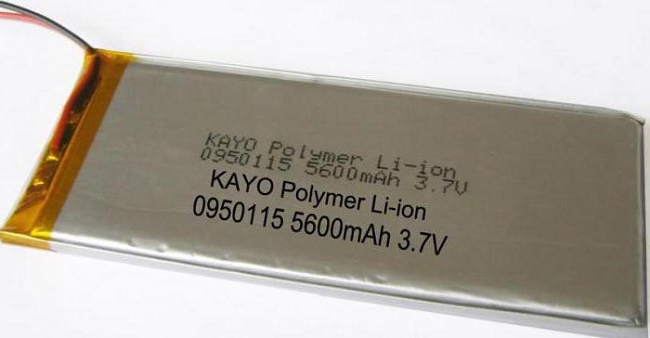
Camera
It makes no sense to talk about her appointment, as a rare person does not use the camera in his smartphone. The development of modern cameras for mobile devices is proceeding at an enormous pace. The dual camera is no surprise to anyone, and there are smartphones that work with three or four matrices. The main indicators are the focal length, the number of pixels, the physical size of the matrix. For phones being developed lots of extra chipswhich make shooting better - laser focus, optical stabilization, monochrome sensor, optical approximation and much more.

Sensors
These are small knots that make using the device more enjoyable. There are light sensors, gyroscope, approximation, accelerometer, compass, finger scanner, face scanner, heart rate monitor and many others.
Modules
A modern smartphone must work with Wi-Fi, in LTE networks, with GPS. Responsible for this special modules that have antennaslocated directly under the device case.
On a note! Of the latest innovations, which has not yet become widespread - NFC. The most widely used is contactless payments.

Display
Any modern smartphone has a touch control. The screen is the face of the smartphone. Today common screen types - IPS and AMOLED. They have their advantages and disadvantages. In addition to the type, the screens differ in size, aspect ratio and resolution. All these are important parameters. In addition, the screens may have different coating - plastic film or glass. In expensive devices, glass is used predominantly.
On a note! There are devices that have a sandwich display structure principle, where there is glass, a metal base, a flexible layer, a touch layer and much more. Such front panels are not afraid of shocks.
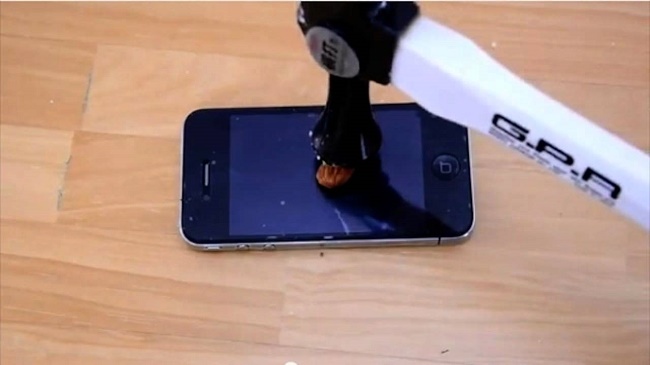
The principle of the smartphone
The processor processes the data that fall into it from RAM and main memory. The main responsible for the long-term storage of information. Operational - a kind of base for the processor, in the first place it refers to it. Wireless interfaces work at the expense of the respective modules, and sensors are used for convenience. All this is set to the motherboard.The device is powered by a battery. The camera is not a functionally necessary element, but today it is important for users. The whole design is placed in the case, and the front panel with the screen is a means for inputting and outputting information.
Types of smartphones
Of course, at the word smartphone, a device familiar to everyone immediately comes to mind - a case with a display and nothing extra, but in fact there are many types of smartphones. Some have completely disappeared, others are still represented by a narrow segment, and still others are reborn from non-existence. So, smartphones are of the following types.
- Business Class - This is the flagship smartphone, in which the manufacturer puts all the best that he has. It is always a stylish case made of expensive materials, the best display, the most efficient chipset, a large memory reserve, and an excellent camera. In other words - this is the best of the best.
- Camera phone - a device with a focus on photo capabilities. The device may be weak in a number of parameters, but the camera always works fine here. Some manufacturers in this segment offered models with retractable lenses in the style of soap dishes.
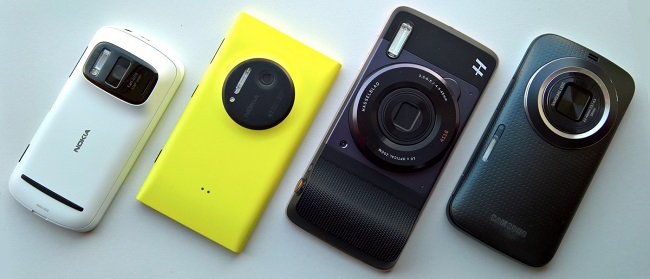
- Push button. You should not take a smartphone with buttons as a mobile phone. There are a large number of devices with support for a physical keyboard that offer completely similar capabilities with a touchscreen smartphone. An example of a smartphone with a keyboard is the BlackBerry brand.
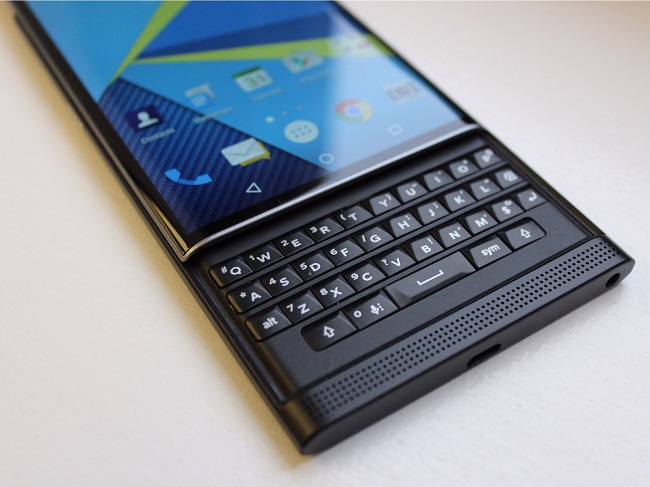
- With stylus. By and large, each touchscreen smartphone supports the stylus, but there are separate devices that have a stylus included, and the software is sharpened for its use. To a greater extent this is relevant for work. Example - Samsung Galaxy Note.
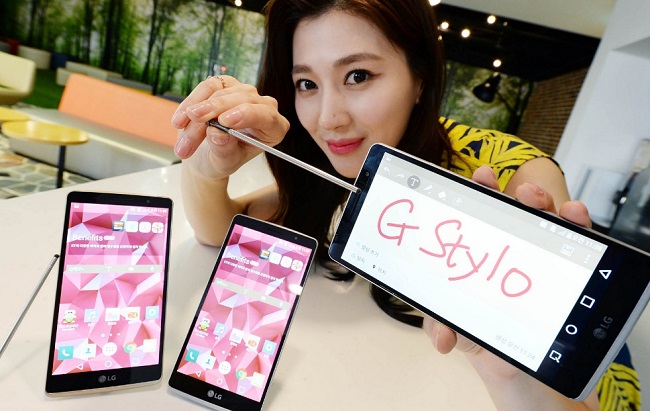
- Cot. The once popular models, consisting of two parts, where the device was opened, and on one of its parts was presented a keyboard, and on the second screen. Today the segment is reborn, and the bright example of the top clamshell is the Samsung W2018. Some people prefer to call these devices a smartphone book.
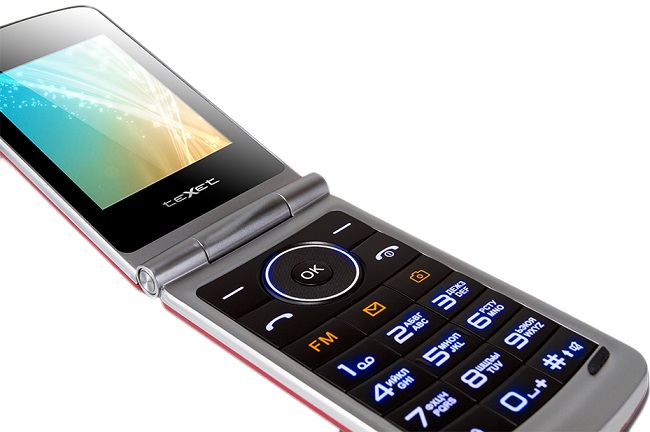
- Slider - a device with a sliding design, where the keyboard did not appear by opening the device, but extending it out of the case. These models can be attributed to push-button versions or smartphones communicators. In 2019, models that revive the direction appear on the market, only in this case cameras will be located on the sliding part.
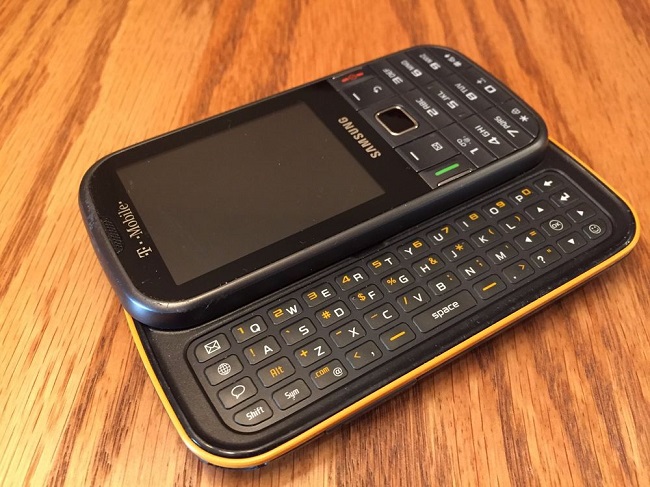
- Gaming smartphones - a new trend, different original design, powerful stuffing, the ability to connect special gaming accessories, as well as a liquid cooling system. Heating temperature in such models, according to manufacturers, will not exceed 12-14 degrees.
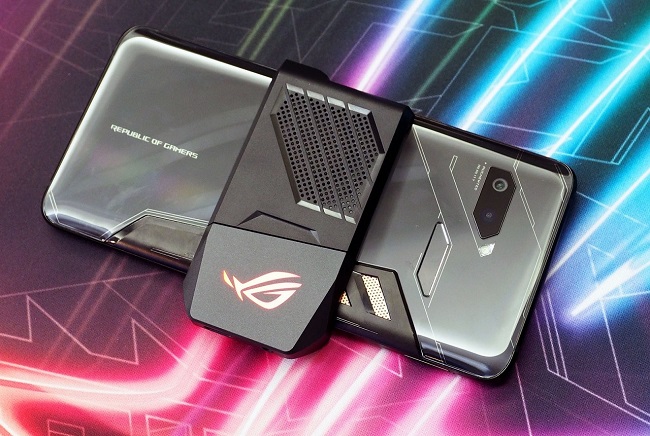
- Flexible smartphones - technology of the future, which will soon appear in all its glory. In this case, the case and the display will be able to bend in any shape and direction. Samsung is working on the technology.
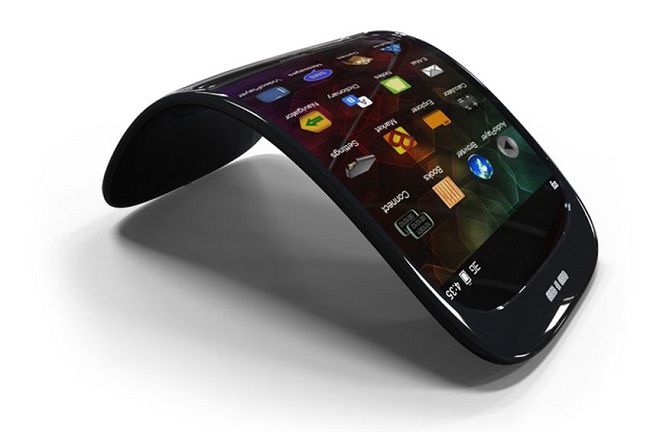
- Frameless smartphones - subspecies of sensory devices. Feature in the absence of any frames around the screen.
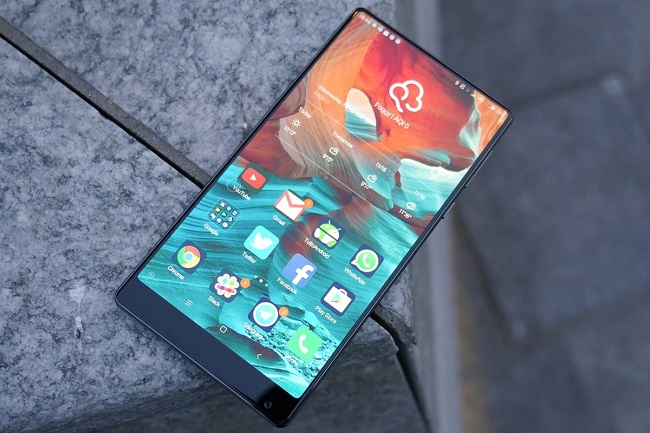
- Iphone - a device developed by Apple, running under its own operating system. Functionally and visually does not differ from touch devices.
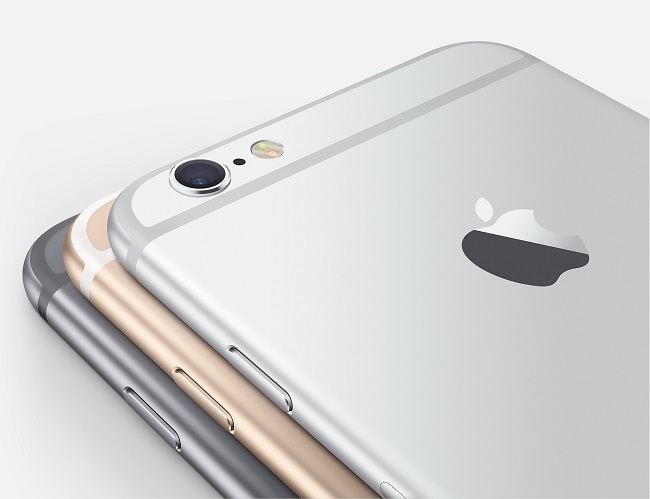
- Phablet - a smartphone with a large diagonal, a transitional version from smartphone to tablet.
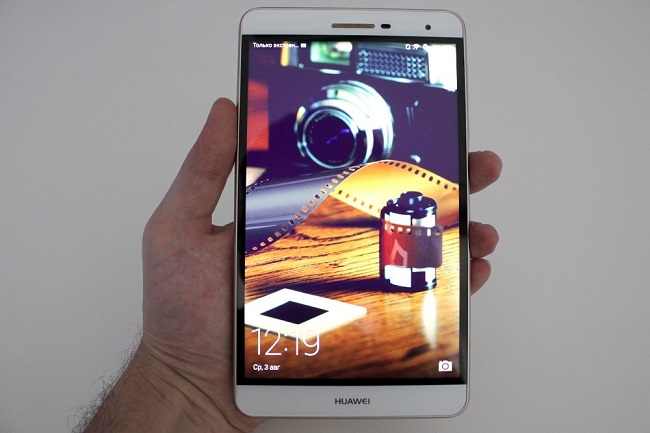
- Unkillable or protected devices - devices with enhanced protection of the case, display, protection from moisture and dust. Often equipped with capacious batteries, positioned as a technique for active people involved in hunting, fishing, extreme sports.
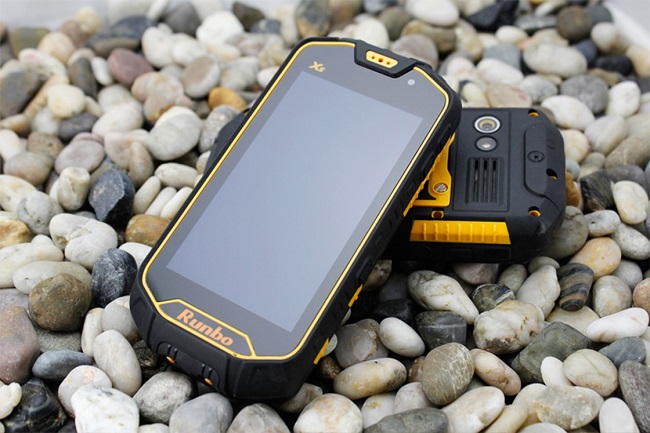
Top Selling Smartphones 2018
Xiaomi Redmi S2 4 / 64GB smartphone on Yandex Market
Xiaomi Mi A2 Lite 4 / 32GB Smartphone on Yandex Market
OnePlus 6 8 / 128GB smartphone on Yandex Market
Smartphone Meizu M6T 2 / 16GB on Yandex Market
Smartphone Samsung Galaxy S9 128GB on Yandex Market

/rating_off.png)











